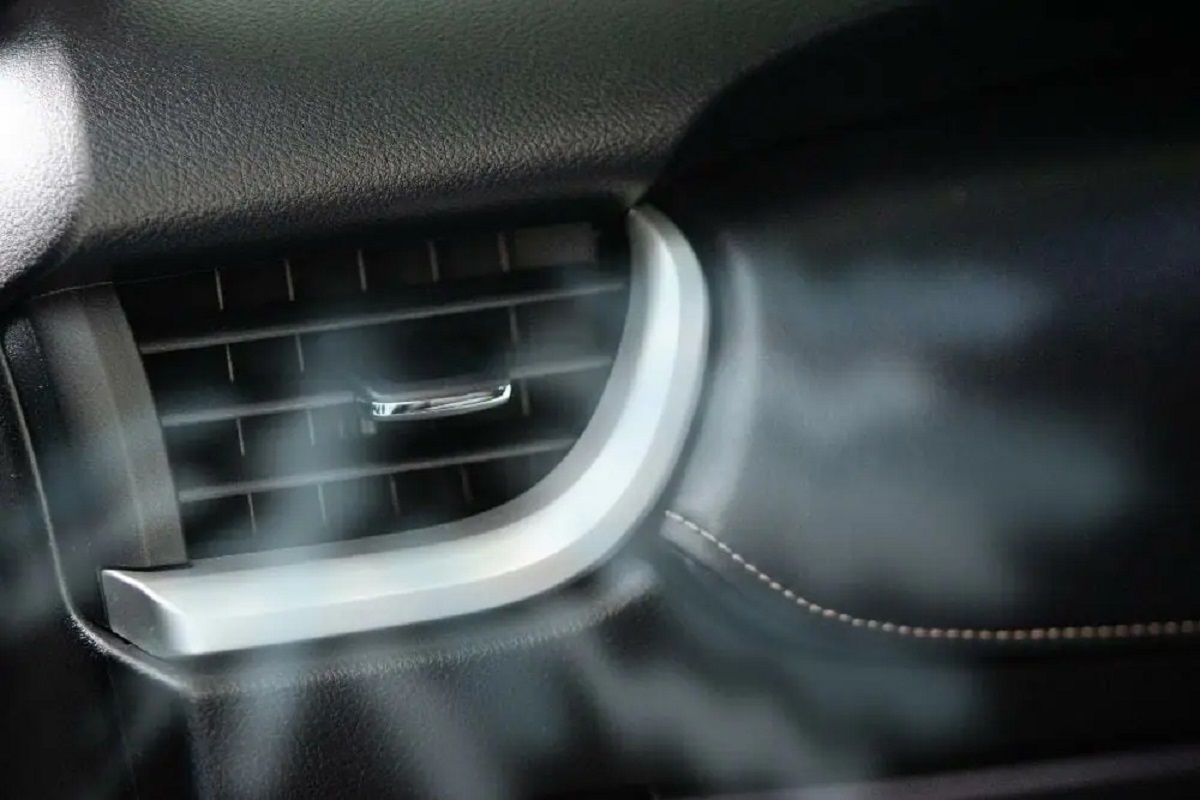

Articles
How To Make My AC Colder In My Car
Modified: February 26, 2024
Looking for articles on how to make your AC colder in your car? Learn effective tips and tricks to stay cool during hot summer drives.
(Many of the links in this article redirect to a specific reviewed product. Your purchase of these products through affiliate links helps to generate commission for Storables.com, at no extra cost. Learn more)
Introduction
Having a properly functioning air conditioning (AC) system in your car is essential for a comfortable and enjoyable driving experience, especially during hot summer months. However, there may be times when you notice that the AC in your car isn’t cooling as effectively as it should be. This can be frustrating, especially if you’re facing scorching temperatures outside.
Fortunately, there are several steps you can take to make your AC colder and regain that refreshing cool air. In this article, we will explore some common reasons for insufficient cooling in your car’s AC system and provide practical tips to help you optimize its performance.
Before we dive into the solutions, it’s important to have a basic understanding of how the AC system in your car works. The AC system consists of several key components, including a compressor, condenser, evaporator, and expansion valve. These components work together to cool and circulate the air inside your car.
When you turn on the AC, the compressor compresses the refrigerant gas, raising its temperature. As a result, the refrigerant becomes a high-pressure, high-temperature gas and flows through the condenser. The condenser releases heat from the refrigerant, causing it to condense into a high-pressure liquid. The liquid then travels to the expansion valve, which regulates the flow of refrigerant into the evaporator. Inside the evaporator, the refrigerant rapidly expands, absorbing heat and cooling the surrounding air. The cooled air is then blown into the car’s cabin through the vents.
Now that we have a basic understanding of the AC system in your car, let’s explore some common reasons why your AC may not be cooling as effectively as it should, and how you can address these issues to make your AC colder.
Key Takeaways:
- Regularly cleaning or replacing the cabin air filter, checking refrigerant levels, and cleaning the condenser coil are crucial steps to optimize your car’s AC system and ensure a consistently colder driving experience.
- Utilizing sunshades, parking in shaded areas, and avoiding overloading your car can significantly reduce heat absorption, easing the strain on your AC system and maintaining a cooler interior.
Read more: How To Make My AC Colder
Understanding the AC System in Your Car
Before we delve into how to make your AC colder, it’s important to have a clear understanding of the various components that make up the AC system in your car. This knowledge will not only help you identify any issues but also enable you to perform basic maintenance and troubleshooting.
The AC system in your car consists of several key components: the compressor, condenser, evaporator, expansion valve, and refrigerant. Each component plays a crucial role in cooling and circulating the air inside your vehicle.
1. Compressor: The compressor is responsible for compressing the refrigerant gas, raising its temperature and pressure. It acts as the heart of the AC system and is usually driven by a belt connected to the engine.
2. Condenser: After leaving the compressor, the hot refrigerant gas travels to the condenser, typically located in front of the radiator. The condenser works to remove heat from the refrigerant, causing it to condense into a high-pressure liquid.
3. Evaporator: The condensed refrigerant then enters the evaporator, which is usually located inside the dashboard. As the refrigerant rapidly expands in the evaporator, it absorbs heat from the surrounding air, resulting in a cooling effect.
4. Expansion Valve: The expansion valve regulates the flow of refrigerant from the condenser to the evaporator. By controlling the amount of refrigerant entering the evaporator, it helps maintain optimal cooling performance.
5. Refrigerant: The refrigerant is a chemical compound used to transfer heat in the AC system. It has unique properties that allow it to change from a gas to a liquid and vice versa, making it an ideal medium for removing heat from the cabin air.
By understanding the role of each component, you can better troubleshoot any issues that may arise in your AC system. It’s important to note that working on the AC system requires proper knowledge and skills. If you’re unsure or uncomfortable performing any maintenance or repairs, it’s always best to consult a professional mechanic.
Common Reasons for Insufficient Cooling
When your car’s AC system is not providing sufficient cooling, it can be due to various factors. Understanding these common reasons will help you diagnose and address the issue more effectively. Here are some of the most common culprits:
- Low Refrigerant Levels: One of the primary reasons for insufficient cooling is low refrigerant levels. Over time, refrigerant can leak from the system, causing a decrease in cooling capacity. It’s important to have the refrigerant levels checked and topped up if necessary. A professional technician can perform this task using specialized tools.
- Clogged Cabin Air Filter: A dirty or clogged cabin air filter can restrict airflow and hinder the effectiveness of the AC system. Regularly inspect and replace the cabin air filter as recommended by the vehicle manufacturer.
- Dirty Condenser Coil: The condenser coil, located in front of the radiator, can become clogged with dirt, debris, and bugs. This restricts airflow and reduces the efficiency of the AC system. Cleaning the condenser coil regularly, especially before the summer season, can significantly improve cooling performance.
- Leaking Refrigerant: Besides low refrigerant levels, leaks in the AC system can also lead to insufficient cooling. These leaks can occur in various components, such as hoses, fittings, or even the condenser itself. An inspection by a qualified technician can help identify and repair any leaks.
- Faulty Blower Fan: If the blower fan, which is responsible for circulating the cool air inside the cabin, is not functioning properly, it can result in reduced cooling. Check that the blower fan is running smoothly and consider replacing it if necessary.
- Obstructed Vents: Blocked or obstructed AC vents can restrict the airflow into the cabin. Ensure that the vents are not obstructed by items such as papers, clothing, or other debris.
- Excessive Heat Load: If the temperature inside your car is excessively high due to factors such as parking in direct sunlight, the AC system may struggle to cool the air efficiently. Consider using sunshades or window tinting to reduce heat buildup and park in shaded areas whenever possible.
By identifying and addressing these common issues, you can improve the cooling performance of your car’s AC system and enjoy a cooler and more comfortable driving experience. However, if you’re unsure about any of these tasks or if the problem persists, it’s always recommended to consult with a professional mechanic or AC technician to ensure proper diagnosis and repair.
How to Make Your AC Colder
If you’re looking to optimize the cooling performance of your car’s AC system and make it colder, here are some effective tips and strategies to consider:
- Clean or Replace Cabin Air Filter: A dirty or clogged cabin air filter can obstruct airflow and reduce cooling efficiency. Regularly inspect and replace the cabin air filter to ensure proper airflow and ventilation in the cabin.
- Check Refrigerant Levels: Low refrigerant levels can hamper cooling performance. Have a professional technician check and refill the refrigerant if necessary. Avoid DIY refrigerant refills, as it requires specialized equipment and expertise.
- Clean Condenser Coil: Over time, the condenser coil can accumulate dirt, debris, and bugs, obstructing airflow and reducing cooling effectiveness. Regularly clean the condenser coil using a gentle stream of water or a soft brush to remove any build-up.
- Check for Any Leaks: Refrigerant leaks can significantly affect cooling performance. If you suspect a leak, have a professional technician inspect the AC system and repair any leaks as needed. Remember, refrigerant leaks should be handled by professionals to ensure proper repair and prevent environmental damage.
- Inspect and Clean the Blower Fan: A faulty or dirty blower fan can restrict airflow and reduce cooling capacity. Inspect the blower fan for any signs of damage or debris accumulation. Clean the fan blades and ensure smooth operation. If necessary, consider replacing the blower fan.
- Ensure Proper Airflow through Vents: Check that the AC vents are not obstructed by objects or debris. Clean the vents regularly and make sure they are open and properly directed for optimal airflow throughout the cabin.
- Use Sunshades or Window Tinting: To reduce the heat load inside your car, especially when parked under direct sunlight, use sunshades or window tinting. These measures help reflect and block out some of the sun’s rays, reducing the overall heat absorption in the cabin.
- Park in Shade Whenever Possible: Whenever feasible, park your car in shaded areas to minimize heat buildup. By reducing the initial temperature inside the car, the AC system will have an easier time cooling the air to a comfortable level.
- Avoid Overloading Your Car: Carrying excessive cargo or overloading your vehicle can put a strain on the AC system, as it needs to work harder to cool a larger space. Keep the load within the recommended limits for optimal cooling performance.
By following these tips, you can enhance the cooling performance of your car’s AC system and enjoy a cooler and more comfortable driving experience, even on hot summer days. Remember, if you’re unsure about any maintenance tasks or if the problem persists, it’s always best to consult with a professional technician to ensure proper diagnosis and repair.
Clean or Replace Cabin Air Filter
One of the most important steps to make your car’s AC colder is to clean or replace the cabin air filter. The cabin air filter plays a crucial role in filtering out dust, pollen, and other allergens from the air that enters your vehicle’s cabin. Over time, the filter can become dirty and clogged, obstructing airflow and reducing the cooling efficiency of your AC system.
To clean or replace the cabin air filter, follow these steps:
- Locate the Cabin Air Filter: The location of the cabin air filter may vary depending on the make and model of your vehicle. It is typically found behind the glove compartment or under the hood, near the windshield. Refer to your vehicle’s manual or consult with a professional if you’re unsure about the filter’s location.
- Remove the Old Filter: If your filter is a reusable type, carefully remove it from its housing. Inspect the filter for dirt, debris, and damage. If the filter is disposable, remove it from its housing and dispose of it properly.
- Clean the Reusable Filter: If you have a reusable cabin air filter, use compressed air or a vacuum cleaner to remove any dirt and debris. Be gentle when cleaning to avoid damaging the filter. Alternatively, you can wash the filter with mild soap and water, then allow it to dry completely before reinstalling.
- Install a New Filter: If your filter is disposable or damaged, it’s best to replace it with a new one. Insert the new filter into the filter housing, making sure it fits properly and is aligned with the arrows or markings on the filter housing.
- Reinstall the Filter: Carefully place the filter back into its housing and secure it in place. Make sure the filter is properly seated and that the housing is closed or sealed tightly.
- Test the AC System: Start your car’s engine and turn on the AC system. Feel the airflow through the vents to ensure proper airflow. If the airflow feels weak or if the cooling performance is still not satisfactory, you may need to address other potential issues or consult a professional technician.
Regularly cleaning or replacing the cabin air filter, according to the manufacturer’s recommendations, will help maintain optimum airflow and cooling efficiency in your car’s AC system. This simple maintenance task can significantly improve the quality of the air inside your vehicle and ensure a colder and more comfortable driving experience.
Read more: How To Make My Car Air Conditioner Colder
Check Refrigerant Levels
Another crucial step in making your car’s AC colder is to check and ensure proper refrigerant levels. Refrigerant is responsible for absorbing heat from the air and providing the cooling effect in your AC system. Insufficient refrigerant levels can lead to inefficient cooling, causing your AC to blow warm air or not cool at all.
To check the refrigerant levels in your car’s AC system, follow these steps:
- Consult the Owner’s Manual: Before proceeding, refer to your vehicle’s owner’s manual to determine the specific type of refrigerant used in your AC system and the recommended pressure levels.
- Locate the Low-Pressure Port: The low-pressure port connects to the AC system and is where you can attach a pressure gauge or a refrigerant canister with a gauge. The location of the port may vary depending on the make and model of your vehicle. Consult your owner’s manual or seek professional guidance if needed.
- Prepare the Gauge: If you have a pressure gauge, attach it to the low-pressure port following the manufacturer’s instructions. Make sure the gauge is securely attached and ready for use.
- Check the Pressure: With the engine running and the AC turned on to the maximum cooling setting, observe the pressure reading on the gauge. Compare the reading to the recommended pressure levels specified in your owner’s manual. If the pressure is too low, it may indicate a refrigerant leak or a need for a recharge.
- Add Refrigerant (If Needed): If the pressure is below the recommended levels, you may need to add refrigerant to your system. It is recommended to have this task performed by a professional technician who can properly handle refrigerants and ensure the correct amount is added.
- Monitor the Cooling Performance: After adding or adjusting the refrigerant levels, test the cooling performance of your AC system. Feel the airflow through the vents and assess whether the air temperature is significantly colder. If the cooling performance is still inadequate, further investigation or repairs may be necessary.
Checking and maintaining proper refrigerant levels is essential for optimal cooling performance in your car’s AC system. If you suspect a refrigerant leak or if you’re unsure about checking or adding refrigerant yourself, it’s always best to consult with a professional technician who has the proper equipment and expertise to handle refrigerants safely and perform the necessary repairs or recharging.
Clean Condenser Coil
Cleaning the condenser coil is an important step in improving the cooling effectiveness of your car’s AC system. The condenser coil, located at the front of your vehicle, plays a crucial role in releasing heat from the refrigerant, allowing it to cool down and circulate properly. Over time, the condenser coil can accumulate dirt, debris, and bugs, hindering its ability to release heat efficiently and resulting in reduced cooling performance.
To clean the condenser coil and optimize cooling, follow these steps:
- Locate the Condenser Coil: The condenser coil is typically located in front of the radiator, often accessible from the front grille of your car. Refer to your vehicle’s manual or consult a professional if you’re unsure about its exact location.
- Prepare for Cleaning: Before starting the cleaning process, ensure that your car’s engine is turned off and has had sufficient time to cool down. You will need a gentle stream of water from a hose or a soft brush to clean the condenser coil.
- Remove Debris: Use a soft brush or your hands to gently remove any visible debris, leaves, bugs, or dirt from the condenser coil. Be careful not to damage or bend the fins of the coil, as they are delicate and can restrict airflow if damaged.
- Clean with Water: Use a gentle stream of water from a hose to clean the condenser coil. Start from the top and work your way down, ensuring that water flows through the coil, removing any remaining dirt or debris. Be cautious not to use excessive water pressure, as it may damage the coil fins.
- Allow Drying: After cleaning, allow the condenser coil to air dry completely. You may also use a soft cloth or towel to pat it dry gently. Ensure that no moisture remains before moving on to the next step.
- Inspect and Reassemble: Once the condenser coil is dry, inspect it for any signs of damage or bent fins. If you notice any significant damage, consider seeking professional assistance for repair or replacement. Reassemble any parts that were removed in the cleaning process.
- Test the Cooling Performance: Start your car’s engine and turn on the AC system. Feel the airflow through the vents to ensure that it is stronger and cooler. If the cooling performance is still not satisfactory, further investigation or repairs may be necessary.
Regularly cleaning the condenser coil helps maintain optimal airflow and heat dissipation, thereby improving the cooling efficiency of your car’s AC system. Performing this simple maintenance task, especially before the summer season, can make a noticeable difference in the overall comfort of your vehicle.
Check and replace the cabin air filter if it’s dirty or clogged. A clean filter allows for better airflow and can help make your AC colder in your car.
Check for Any Leaks
Checking for refrigerant leaks is a crucial step in optimizing the cooling performance of your car’s AC system. Refrigerant leaks can lead to insufficient cooling and reduced overall efficiency. Identifying and addressing leaks promptly will ensure that your AC system operates at its full capacity. Here’s how you can check for potential leaks:
- Visual Inspection: Start by visually inspecting the various components of your car’s AC system. Look for any signs of oil or refrigerant stains around connectors, hoses, fittings, or the condenser. A visual indication of leakage may include greasy or oily residue, often accompanied by a distinct refrigerant odor.
- UV Dye Detection: In some cases, refrigerant leaks may be difficult to visually identify. To aid in leak detection, you can add UV dye to the AC system. This dye is fluorescent and can be detected using a UV light. Consult your vehicle’s manual or a professional technician to determine the appropriate amount of UV dye to add.
- Leak Detection Tools: Certain leak detection tools, such as an electronic leak detector or an ultrasonic leak detector, can help pinpoint the location of refrigerant leaks. These devices can detect the presence of refrigerant gas escaping from the AC system. It’s recommended to leave the use of these tools to professional technicians, as they require expertise and proper handling.
- Professional Inspection: If you suspect a refrigerant leak but are unable to identify the source or repair it yourself, it’s advisable to seek the assistance of a professional technician. They have the necessary tools and expertise to locate and repair refrigerant leaks safely and effectively.
- Repair or Replace: If a refrigerant leak is detected, it is crucial to repair or replace the affected component promptly. Common areas where leaks occur include hoses, fittings, and the condenser. A professional technician can assess the extent of the leak and perform the necessary repairs or replacements.
- Recharge the AC System: After the leak has been repaired, it may be necessary to recharge the AC system with the appropriate amount of refrigerant. This task is best left to a professional technician, who can ensure the proper recharge process.
- Check Cooling Performance: Once the leak is repaired and the AC system has been recharged, test the cooling performance of your AC system. Ensure the air blowing from the vents is significantly colder and that the overall cooling efficiency has improved.
Regularly checking for refrigerant leaks and addressing them promptly is essential for maintaining the optimal cooling performance of your car’s AC system. Remember, refrigerant leaks should be handled by professionals due to the specialized equipment and expertise required. By ensuring a leak-free AC system, you can enjoy a consistently cool and comfortable driving experience.
Inspect and Clean the Blower Fan
The blower fan plays a crucial role in circulating cool air throughout your car’s cabin. If the blower fan is dirty or not functioning properly, it can restrict airflow and reduce the cooling effectiveness of your AC system. Regular inspection and cleaning of the blower fan are important steps in making your AC colder. Here’s how you can do it:
- Locate the Blower Fan: The blower fan is typically located behind the dashboard on the passenger side of the vehicle. Consult your vehicle’s manual or seek professional guidance if you’re unsure about its exact location.
- Inspect for Debris: Start by visually inspecting the blower fan for any signs of debris, dirt, or obstructions. Look for any leaves, dust, or other foreign objects that may have accumulated on or around the fan.
- Clean the Fan Blades: Use a soft brush or a cloth to gently clean the fan blades and remove any debris. Be careful not to apply excessive force or bend the blades, as they are delicate. If the blades are excessively dirty, you can moisten the cloth slightly with water or a mild cleaning solution to help remove stubborn dirt.
- Check for Smooth Operation: While cleaning the fan blades, rotate them gently to check for any resistance or grinding noise. The blades should rotate smoothly without any obstruction or noise. If you notice any issues, it may indicate a problem with the blower motor, and professional inspection or repair may be necessary.
- Inspect the Blower Motor: With the fan blades cleaned, inspect the blower motor for any signs of damage or malfunction. Look for loose connections, frayed wires, or excessive wear. If you notice any significant issues, it’s recommended to seek professional assistance for repair or replacement of the blower motor.
- Reassemble and Test: Once the blower fan and motor have been inspected and cleaned, reassemble any parts that were removed during the process. Start your car’s engine and turn on the AC system to test the airflow from the vents. Ensure that the airflow feels strong and colder than before.
Regularly inspecting and cleaning the blower fan helps maintain optimal airflow and ensures that cool air is effectively circulated throughout your car’s cabin. By keeping the blower fan in good condition, you can improve the cooling performance of your AC system and enjoy a more comfortable driving experience.
Read more: How To Make My Kegerator Colder
Ensure Proper Airflow through Vents
Proper airflow through the vents is essential for optimal cooling performance in your car’s AC system. If the airflow is restricted or not properly directed, it can hinder the cooling effectiveness and make your AC less efficient. Here are some steps to ensure proper airflow through the vents:
- Inspect the Vents: Start by inspecting the AC vents in your car. Check for any blockages, such as papers, clothing, or other debris that may be obstructing the airflow. Clear away any obstructions to allow unrestricted airflow.
- Direct the Vents Properly: Ensure that the AC vents are properly directed towards you and other passengers. Adjust the vent louvers to direct the airflow where it is needed most, such as towards your face or the back seat area, depending on your preferences.
- Check for Damaged or Loose Vent Covers: Inspect the vents for any damaged or loose vent covers. If the vent covers are broken or not properly secured, they may not direct the airflow effectively. Replace or repair any damaged vent covers as needed.
- Clean the Vent Grilles: Over time, dust and debris can accumulate on the vent grilles, restricting airflow. Use a soft brush or a cleaning cloth to gently remove any dust or dirt from the vent grilles. This will help ensure that air can flow freely through the vents.
- Inspect the Ductwork: If you suspect a more serious issue, such as damaged ductwork, it’s recommended to have it inspected by a professional technician. Damaged ducts can inhibit proper airflow and significantly affect the cooling performance. A technician can identify any issues and perform the necessary repairs or replacements.
- Monitor Airflow: After clearing obstructions and directing the vents properly, start the AC system and monitor the airflow. Ensure that the air blows consistently and that it feels strong and cold. If the airflow is weak or the cooling performance is still not satisfactory, further investigation or repairs may be required.
By ensuring proper airflow through the vents, you can optimize the cooling performance of your car’s AC system. By keeping the vents clear and well-directed, you’ll be able to enjoy a consistently cool and refreshing environment inside your vehicle.
Use Sunshades or Window Tinting
One effective way to keep your car’s interior cooler and improve the overall performance of your AC system is by using sunshades or window tinting. These measures help reduce the heat load inside your vehicle, especially when it’s parked under direct sunlight. Here’s how you can benefit from using sunshades or window tinting:
Sunshades:
- Choose a Quality Sunshade: Invest in a good-quality sunshade that is designed to block the sun’s rays effectively. Look for a sunshade that is large enough to cover the entire windshield and provides adequate coverage for the side windows.
- Properly Position the Sunshade: Place the sunshade on the inside of your windshield whenever you park your car. Make sure it covers the entire windshield, especially its top portion that receives the most sunlight. Also, consider using small sunshades for the side windows to prevent excessive heat buildup.
- Reflect and Block Sunlight: The sunshade acts as a barrier, reflecting and blocking a significant amount of sunlight that would otherwise enter your car. This helps reduce the heat buildup inside the vehicle, keeping it cooler and easing the strain on the AC system.
- Protect Interior Surfaces: In addition to reducing heat, sunshades also help protect your car’s interior surfaces from sun damage and fading. They prevent the sun’s UV rays from penetrating and causing damage to your dashboard, seats, and other components.
Window Tinting:
- Research Local Laws and Regulations: Before installing window tinting, familiarize yourself with the laws and regulations regarding tint darkness in your area. Different regions have specific regulations to ensure that visibility and safety are not compromised.
- Choose a Professional Installation: Window tinting is best done by a professional installer who can ensure a proper and uniform application. They have the necessary tools and expertise to apply the tint accurately, reducing the risk of bubbles or peeling.
- Select the Right Tint Shade: Consider the level of tint darkness based on your preferences and local regulations. Tint darkness is measured in percentages, with a higher percentage indicating a darker tint.
- Benefits of Window Tinting: Window tinting can significantly reduce the amount of sunlight and heat that enters your car, making the interior cooler and more comfortable. It also blocks harmful UV rays, helping protect your skin and reducing the risk of interior fading or damage.
- Additional Considerations: Ensure that the window tinting does not obstruct your visibility or violate any local regulations. Regularly clean and maintain the window tint to keep it in good condition and maximize its effectiveness.
Using sunshades or window tinting can significantly reduce the heat load inside your car, making it easier for your AC system to cool the interior efficiently. By minimizing heat absorption from direct sunlight, you’ll experience a cooler cabin and less strain on your AC system, ultimately improving your driving comfort.
Park in Shade Whenever Possible
Parking your car in the shade whenever possible is a simple yet effective way to make your AC colder. By choosing shaded parking spots, you can significantly reduce the heat load on your vehicle, allowing the AC system to work more efficiently and provide cooler air. Here’s how you can benefit from parking in shade:
- Find Shaded Parking Areas: Look for shaded parking spots, such as under trees, buildings, or covered parking structures. Whenever feasible, choose these spots to protect your car from direct sunlight and minimize heat absorption.
- Reduce Heat Accumulation: When parked in direct sunlight, the interior of your car can heat up quickly, making it more challenging for the AC system to cool down the cabin. Parking in the shade significantly reduces the amount of heat that your car absorbs, resulting in a cooler interior.
- Avoid Overworking the AC System: When your car is parked in direct sunlight, the AC system has to work harder to overcome the heat inside the vehicle. By parking in the shade, you relieve some of the strain on the AC system, allowing it to cool the cabin more effectively and efficiently.
- Protect Interior Surfaces: Prolonged exposure to sunlight can cause damage to your car’s interior surfaces, including fading, cracking, and deterioration. Parking in the shade helps protect your dashboard, seats, steering wheel, and other components from the harmful effects of UV rays.
- Maximize Cooling Performance: By parking in the shade, you create a cooler starting point for your car’s interior temperature. When you start the engine and turn on the AC system, it doesn’t have to work as hard to lower the temperature, resulting in a quicker and more effective cooling process.
- Use Sunshades as a Backup: Even when parking in the shade, it’s a good idea to use sunshades to further reduce heat absorption. Sunshades can provide an additional layer of protection and help maintain a cooler cabin temperature.
- Consider Timing: If you know you’ll be parking for an extended period, such as during a full workday, try to plan your timing to take advantage of shade availability. Arrive early or adjust your schedule to park in shaded areas when they are most likely to be available.
Parking your car in the shade not only keeps the interior cooler but also reduces the strain on your AC system, potentially extending its lifespan. By taking this simple step, you can enjoy a more comfortable driving experience and ensure that your AC can provide colder air even on hot sunny days.
Avoid Overloading Your Car
Avoiding overloading your car is an often overlooked but important factor in maintaining a colder AC system. When you overload your vehicle with excessive cargo or passengers, it not only affects the overall weight distribution but can also put additional strain on the AC system. Here’s why you should avoid overloading your car and how it can help keep your AC colder:
- Maintain Proper Weight Distribution: Overloading your car can disrupt the proper weight distribution, potentially affecting the suspension and overall handling of the vehicle. This can cause the car to sit lower, obstructing airflow and hindering the cooling performance of the AC system.
- Reduce Airflow Obstructions: An overloaded car may have limited space inside the cabin, making it difficult for cool air from the AC system to circulate effectively. Passengers, luggage, or items obstructing the vents can impede airflow and reduce the cooling efficiency.
- Minimize Strain on the AC System: The AC system is designed to cool a specific cabin size. Overloading the car places additional demands on the AC system, as it needs to cool a larger space. This can result in the AC struggling to maintain a comfortable temperature or taking longer to reach the desired cooling level.
- Prevent Excessive Heat Generation: An overloaded car can generate more heat due to increased engine workload and airflow restrictions. This additional heat will make it more challenging for the AC system to efficiently cool the air. Avoiding overloading can reduce the heat load inside the vehicle and lessen the burden on the AC system.
- Promote Fuel Efficiency: Overloading your car can also have a negative impact on fuel efficiency. When the car is carrying excess weight, the engine needs to work harder to power the vehicle, which can result in increased fuel consumption. Maintaining a moderate cargo load can help improve fuel efficiency and reduce the strain on the AC system at the same time.
- Focus on Essential Items: When packing your car, prioritize essential items and try to minimize unnecessary clutter. By keeping the cargo load to a reasonable level, you ensure that there is adequate space for proper airflow and optimal cooling performance from your AC system.
- Follow the Vehicle’s Weight Limit: Every vehicle has a recommended weight limit specified by the manufacturer. Follow these guidelines to prevent overloading your car. Refer to your owner’s manual or consult a professional if you are unsure about your vehicle’s weight limits.
By avoiding overloading your car, you can optimize the cooling performance of your AC system. Maintaining proper weight distribution, minimizing airflow obstructions, and reducing the strain on the AC system will help ensure that the cool air circulates effectively throughout the cabin. With a properly loaded vehicle, you can enjoy a consistently colder AC system and a more comfortable driving experience.
Read more: How To Make My Air Conditioner Colder
Conclusion
Making your car’s AC colder is essential for a comfortable driving experience, especially in hot weather. By understanding the AC system in your car and addressing common issues, you can optimize its cooling performance. Regular maintenance and a few simple steps can go a long way in ensuring a colder AC system.
From cleaning or replacing the cabin air filter to checking refrigerant levels, cleaning the condenser coil, and inspecting and cleaning the blower fan, each step plays a vital role in enhancing the cooling efficiency. Additionally, ensuring proper airflow through the vents, using sunshades or window tinting, parking in the shade whenever possible, and avoiding overloading your car all contribute to a cooler AC system.
Remember, regular maintenance and addressing any issues promptly are key to maintaining an efficient AC system. If you’re unsure or uncomfortable performing any maintenance tasks, it’s always best to consult with a professional technician who can ensure proper diagnosis and repair.
By following these tips and implementing the suggested strategies, you can enjoy a consistently colder AC system and a more pleasant driving experience. Stay cool and comfortable on the road, even during the hottest days!
Frequently Asked Questions about How To Make My AC Colder In My Car
Was this page helpful?
At Storables.com, we guarantee accurate and reliable information. Our content, validated by Expert Board Contributors, is crafted following stringent Editorial Policies. We're committed to providing you with well-researched, expert-backed insights for all your informational needs.
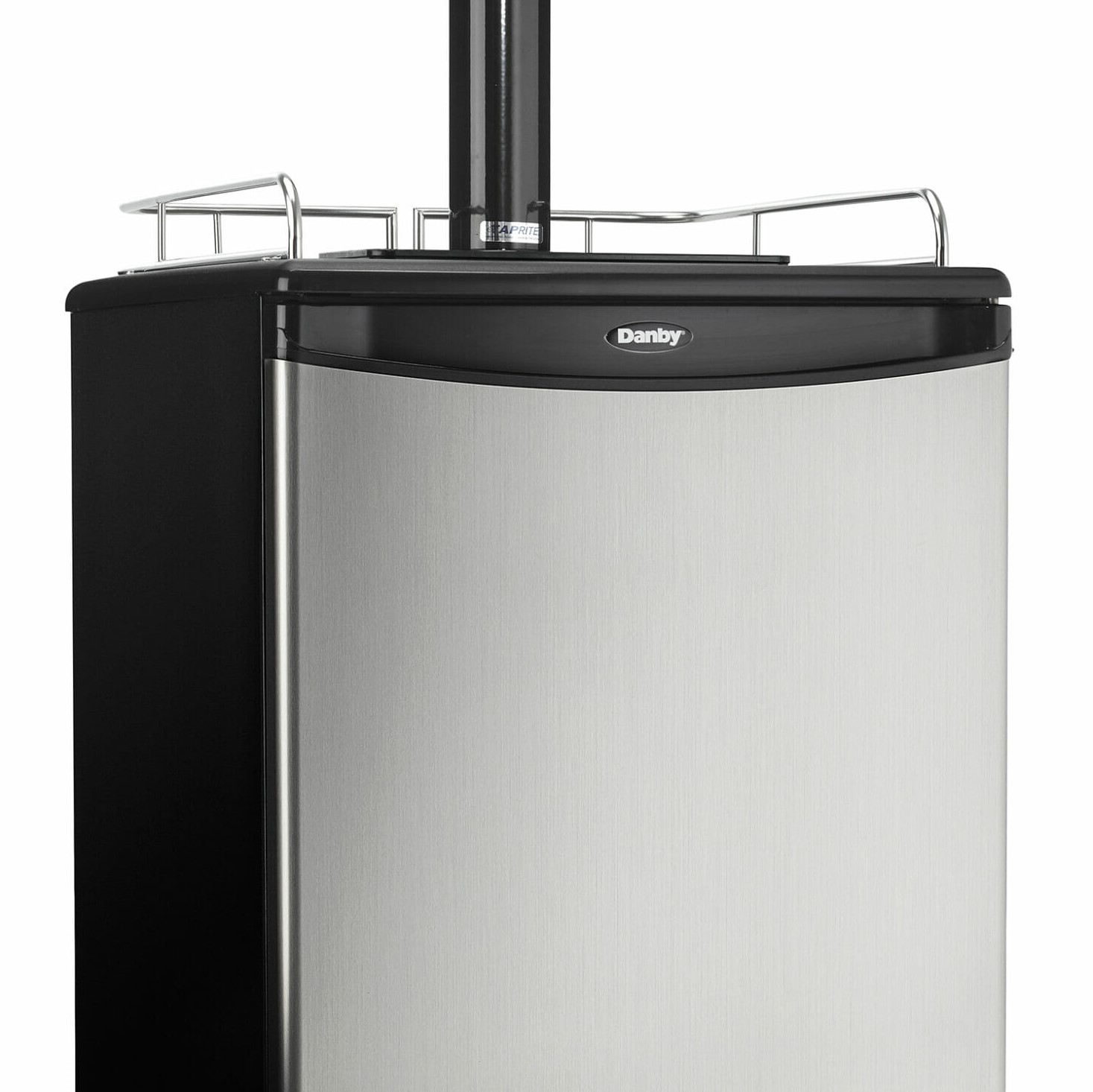
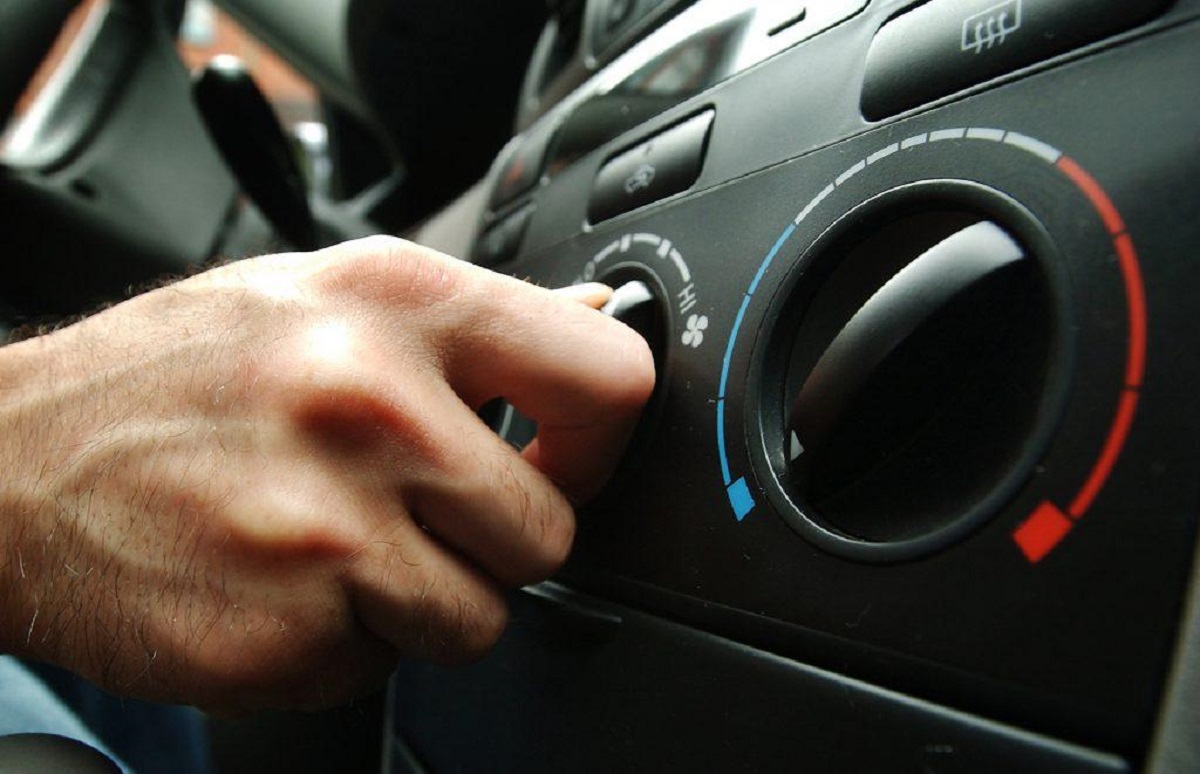

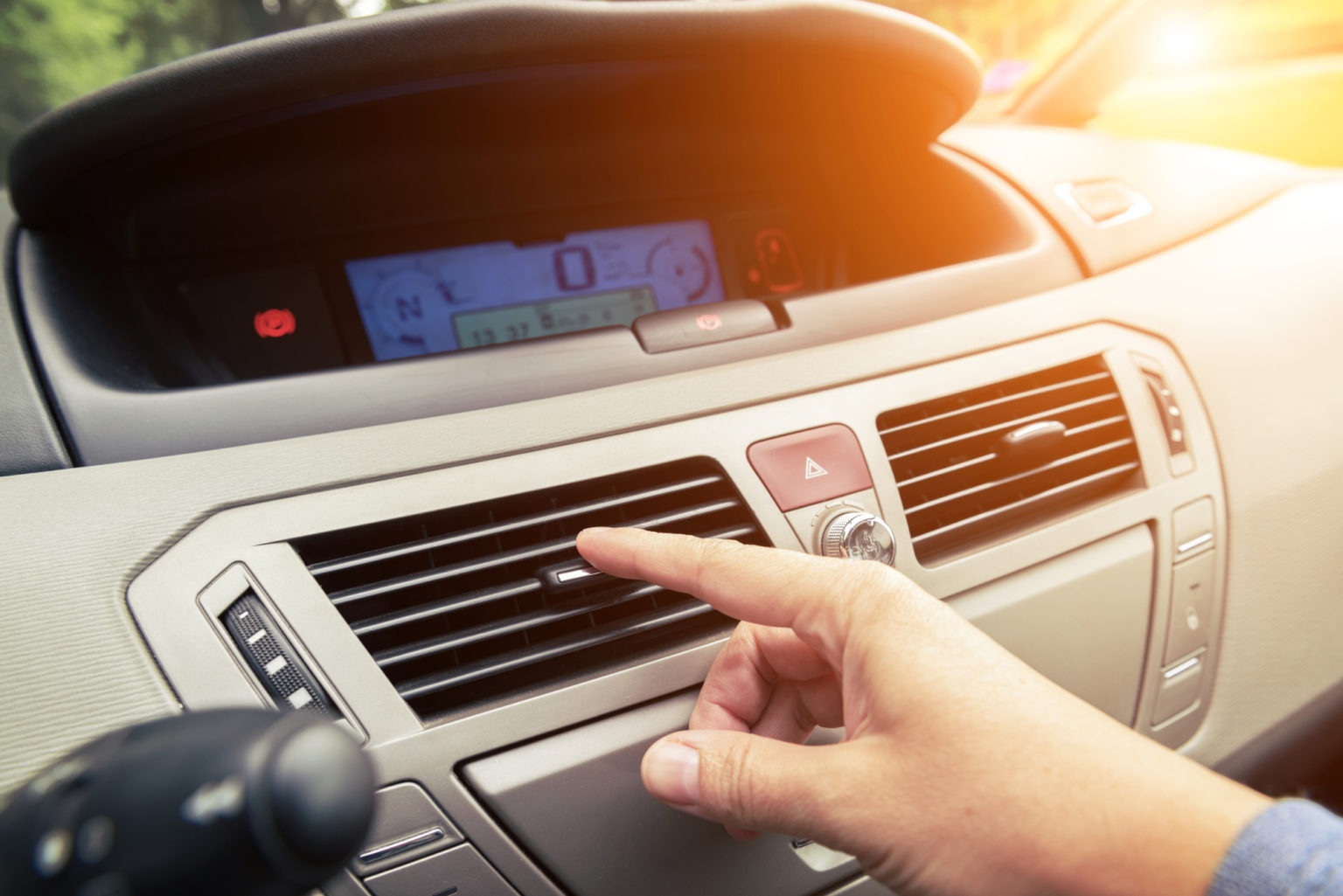
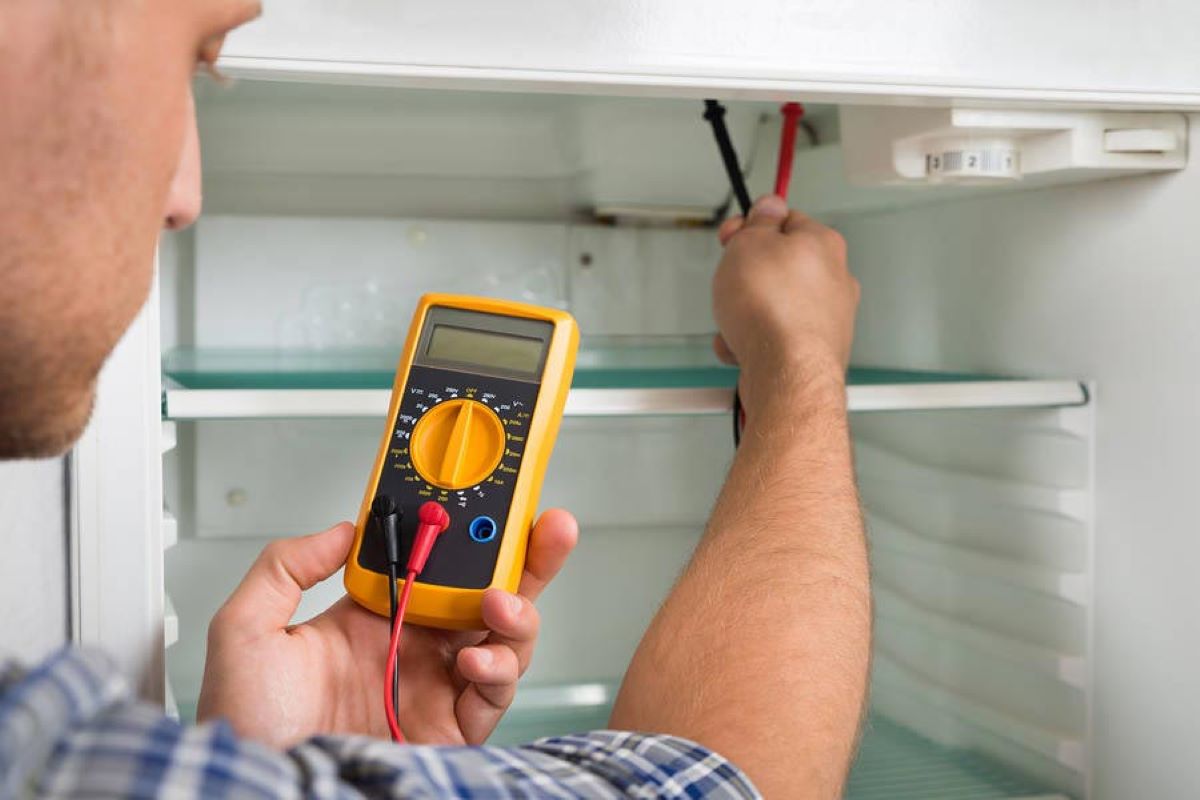



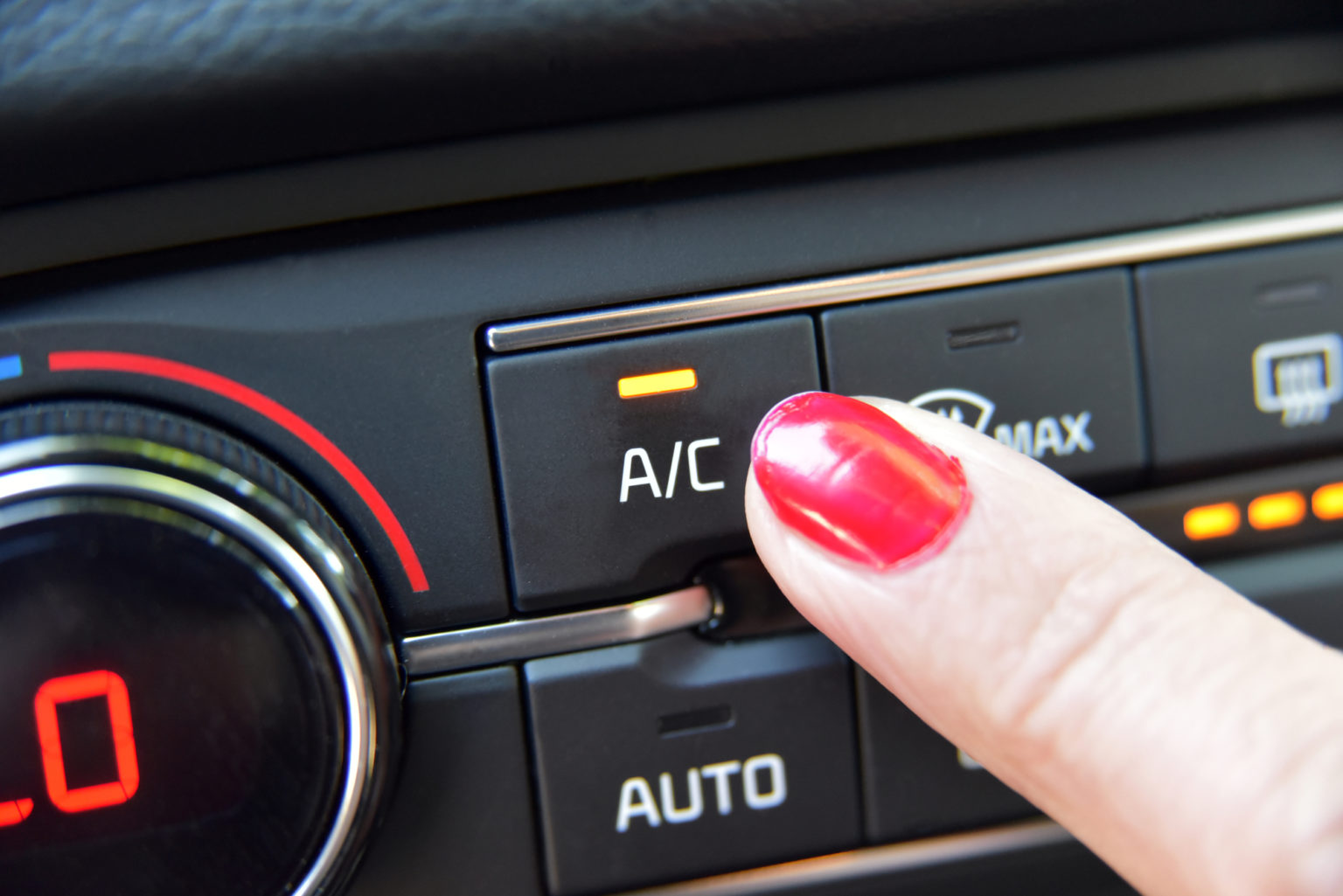
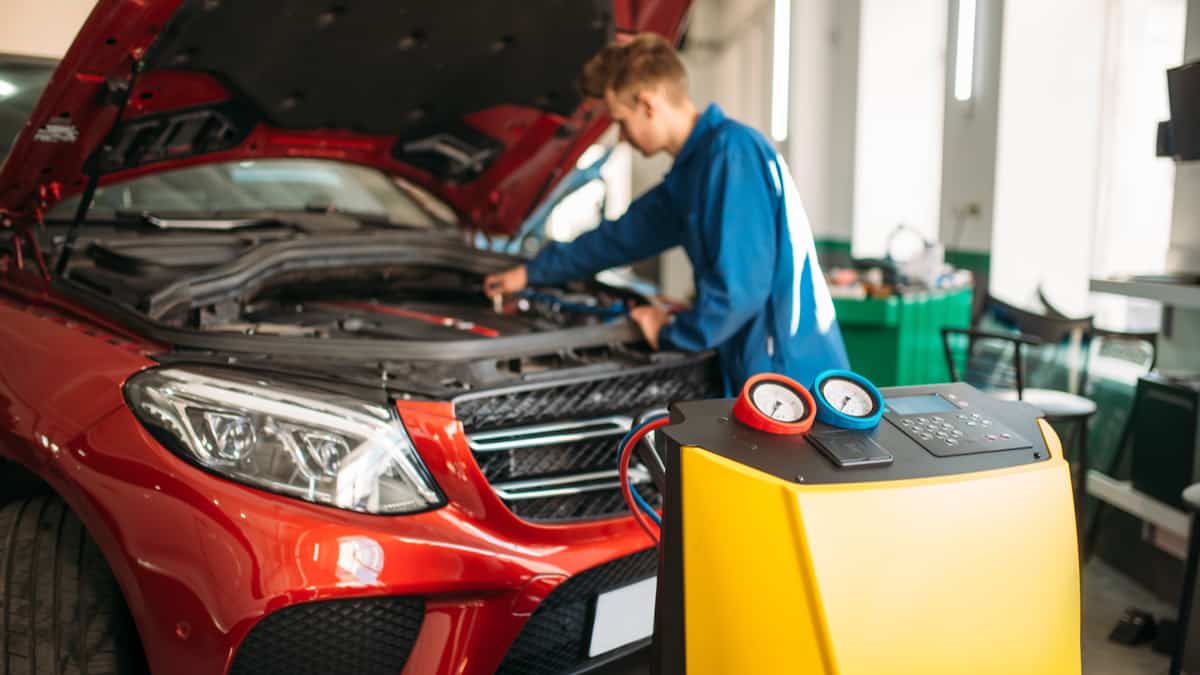

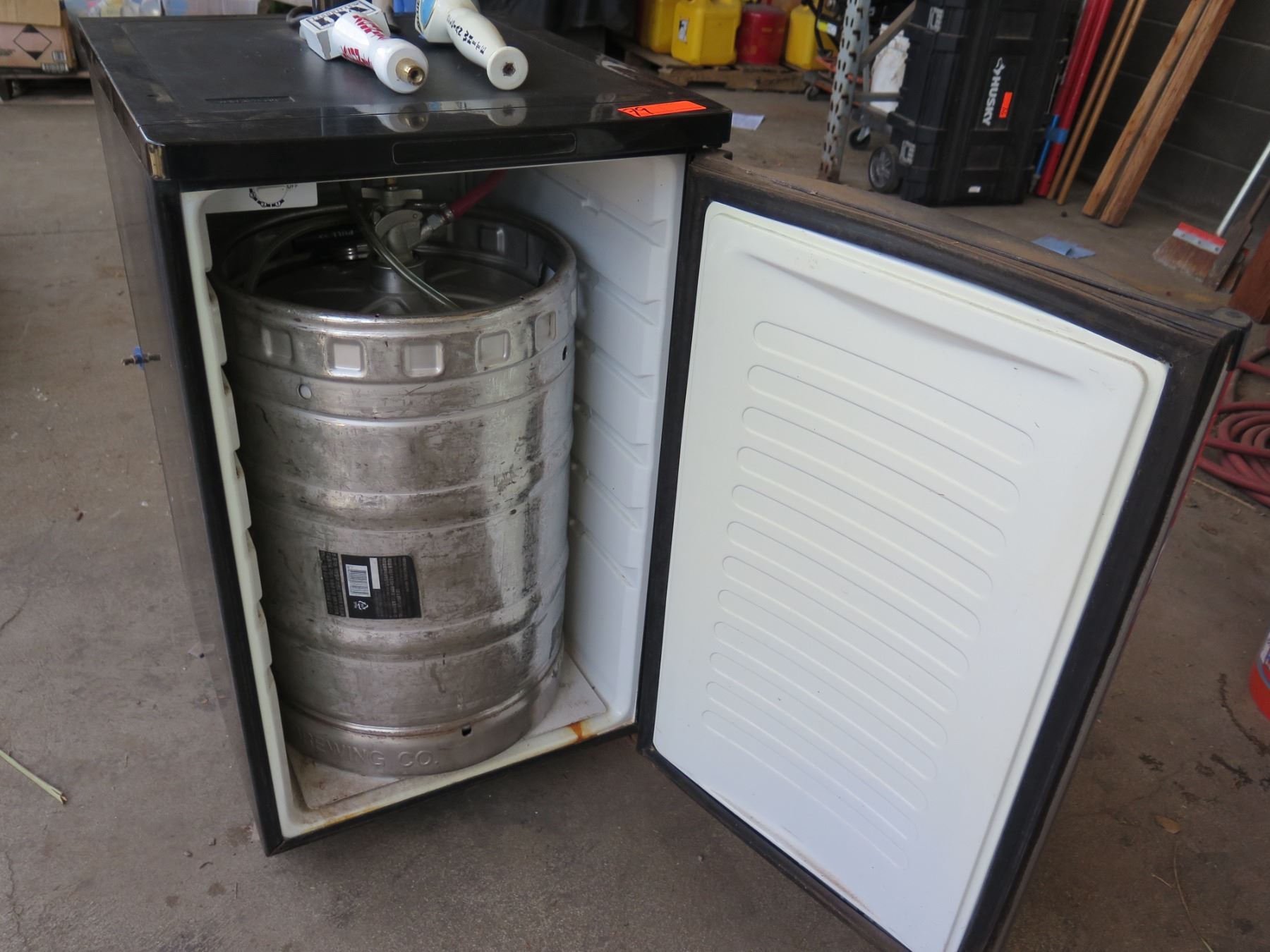

0 thoughts on “How To Make My AC Colder In My Car”